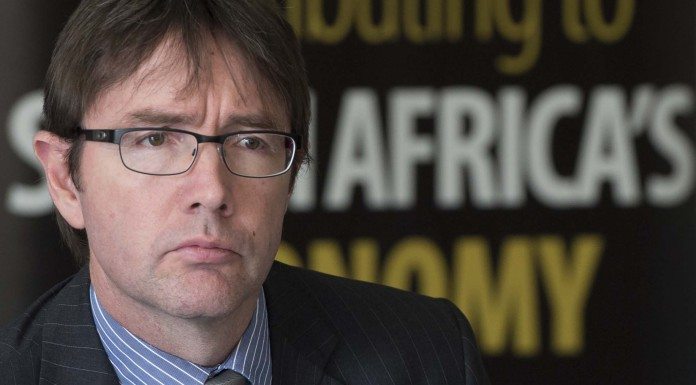
SOUTHERN Palladium rode the recovery in platinum group metal (PGM) prices to full advantage announcing on Monday it had raised A$20m through the placement of shares.
Roger Baxter, executive chairman of the Sydney- and Johannesburg-listed development firm said the capital raise would “future proof” the company. Funds would be put towards accelerating a definitive feasibility study for its proposed 400,000 ounce a year Bengwenyama project in South Africa ahead of making a final investment decision.
“The placement price and quantum reflect growing interest by global investors in Southern Palladium’s long-term value proposition,” he said. This was “driven both by the high quality of the Bengwenyama project and a highly supportive market outlook for PGM prices.”
Bengwenyama is situated on the Eastern Limb of the Bushveld Complex. In July, Southern Palladium adjusted its plans in terms of which the mine would be built in two phases, lowering peak funding to $279m from $452m peak funding previously. First phase output of 200,000 ounces of PGMs in concentrate was targeted compared to Southern Palladium’s October 2024 prefeasibility report which envisaged a single stage project averaging 400,000 oz/year over about 20 years.
Southern Palladium said firm commitments had been received for a two-tranche placement of roughly 18.2 million new fully paid ordinary shares at A$1.10 per share raising gross proceeds of A$20m. This represents a 2.7% discount on a 15-day volume weighted average share price basis.
Three new global institutional investors had subscribed to the shares.
Investors have been piling into PGMs, platinum in particular. The metal has gained just under 80% in value year-to-date partly as automakers come back into the market for physical supply. But investors are also on the alert for precious metal movers given gold’s 50% price increase this year.
Craig Miller, CEO of Valterra Platinum, one of South Africa’s largest PGM miners, said the sharp price recovery this year was sustainable. “I do think we need to recognise that, to some extent, platinum does have similar unique properties to gold in terms of its scarcity, durability, high unit value, and liquid trading platforms,” said Miller last week. “I suppose that means it’s been popular with investors and sometimes performs a similar role [to gold], particularly in a rising price environment.”
Despite Southern Palladium’s name, Bengwenyama is fairly evenly split between palladium (24% of total forecast revenue), platinum (26%) and rhodium (28%). Twelve percent of revenue will be from chromite. Iridium is also present.
In addition to the placement with institutions, Southern Palladium said there would be a share purchase option of no less than A$1m for retail investors. The aim now is for the company to produce a final study before which it hoped to receive a mining licence from the South African government.
Southern Palladium’s share price has gained 183% this year, and was 10% stronger today in Johannesburg – but 8.8% lower in Australia. This is the second time in less than half a year that Southern Palladium has tapped shareholders. In June, it raised A$8m but on that occasion didn’t offer a discount.
Southern Palladium is one of the few PGM companies promising growth ounces. Platinum Group Metals, a Toronto-listed developer, is another. Its Waterberg JV is rich in palladium. Both companies are hoping to capitalise on the fact South African supply is expected to decline over the coming years.
Global refined production of PGM fell 8% year on year in the first half of 2025, as South African supply was hit by the depletion of work-in-process inventory, flooding and ongoing processing constraints. While production losses for the full year are expected to moderate to about 3% year on year, platinum specifically is forecast for a full-year supply of 5.4-million ounces — a 6% decline.
South Africa’s PGM industry had 81 operating shafts in 2008, producing 95,000 ounces per shaft of PGMs — the three major metals of platinum, palladium and rhodium — for a total of 7.7 million ounces, according to Nedbank Securities data. By the end of 2025, the number is expected to decline to 53 shafts, the bank said. That would leave South Africa with output of 126,000 oz per shaft, the equivalent of 67-million ounces in total productive capacity.
“This reflects a shift from many smaller, shallow shafts to fewer, larger, deeper operations,” said Van Graan last week. By 2030, the shaft count could drop to about 47, the bank estimates. But there are already signs that South African PGM production is declining, which are helping to plump up expectations for the metals’ prices.











